Meet Samir Q. Latifi, MD
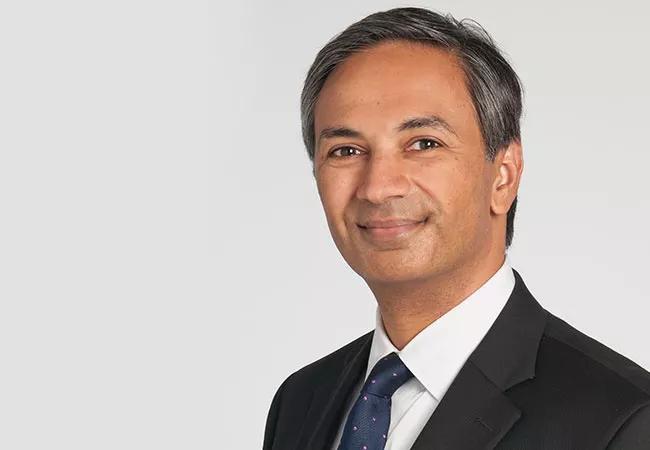
Just 10 months after joining Cleveland Clinic’s Pediatric Critical Care Department as an attending, Samir Q. Latifi, MD, stepped up as department head in August 2017.
Advertisement
Cleveland Clinic is a non-profit academic medical center. Advertising on our site helps support our mission. We do not endorse non-Cleveland Clinic products or services. Policy
Consult QD sat down with Dr. Latifi to hear about how his past experience both in the United Kingdom and the United States have prepared him well to meet the role’s challenges.
Q: What are your priorities as the new chair of pediatric critical care at Cleveland Clinic?
A: Cleveland Clinic Children’s has grown dramatically in the specialized care it provides, particularly for children with complex medical conditions. An initial early goal is to develop a new intensive care unit (ICU) for pediatric cardiac surgery patients, as well as to continue to support those with neurosurgical and other complex pediatric surgical cases. We’re aiming to launch the new cardiac service some time in 2018.
I’m also hoping to establish an intermediate care unit for patients who are too sick to be placed on the regular floors but not sick enough for the pediatric ICU (PICU). Five years ago our PICU had 1,000 admissions, in 2015 there were 1,500, and now we’re up to 1,700. We really are growing so that’s why the intermediate care unit becomes pretty important, for those who don’t absolutely need to be in ICU.
Q: What do your background and prior experience bring to the position?
A: I did my fellowship training in pediatric intensive care at Rainbow Babies & Children’s Hospital in Cleveland. After that, I went back to my native England to work at Addenbrooke’s Hospital in Cambridge, where I was medical director for the PICU for about three years.
I also spent an additional year at the Royal Brompton Hospital in London, an internationally renowned cardiothoracic center, so I was able to acquire some great experience in pediatric cardiothoracic care. I had also done some cardiology support work at Addenbrooke’s, even though it’s not a cardiac center.
Advertisement
While working within the UK’s National Health Service for eight years, I also learned a great deal about how to spend money more judiciously and will most certainly bring that expertise to the table.
Q: What do you think are the greatest challenges and opportunities in pediatric critical medicine today, and how do you plan to address them at Cleveland Clinic?
A: One of the biggest issues is making sure we’re really providing value and doing it cost-effectively. In the NHS, you’re given a budget and you must work within it. Here in the United States, we spend twice as much of the gross domestic product on health care as compared to the UK. That’s not sustainable. When I start looking at budgets, I know this can be done for a lot less.
Keeping an infant or child in the ICU unnecessarily is not a prudent use of resources. That’s where our planned intermediate care center comes in.
Another cost-saving example that we’re now rolling out is a pilot telemedicine program at two of our campuses. We can use video and even audio ― by plugging a stethoscope into a monitor ― to determine whether a child needs to be brought to the ICU on the main campus or can stay on a regular unit at the local hospital or even be discharged.
Q: What are your research focus areas?
A: Prior to taking this position at Cleveland Clinic, I was ― and still am ― the associate medical director for Lifebanc, the organ procurement organization (OPO) for Northeastern Ohio. The highest mortality on organ transplant waiting lists is among children less than one year of age, so my recent research interest has been in improving the recognition and referral of neonatal organ donors. I am also currently on the executive committee of the Organ Donation Research Council of the Association of Organ Procurement Organizations.
Advertisement
Q: What drew you to the specialty of pediatric critical care, and what does it mean for you personally to take on this position at Cleveland Clinic?
A: The patients are challenging. Understanding their physiology and manipulating it with ventilators and medications is very rewarding because you get very good results whereas 20 or 30 years ago these babies would have died.
The PICU I directed in England had 10 beds. Here, it’s 25. I’m very excited about the challenge of heading a larger center. Having the resources of a world-class health center like Cleveland Clinic is invaluable, and I’m extremely grateful for the opportunity to work for an institution that is serious about making a difference in so many children’s lives.
Advertisement
Advertisement

Systemic change needed to improve health outcomes for parents and children, say researchers
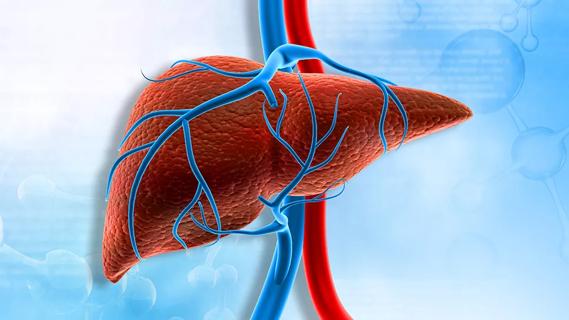
Rare genetic variant protected siblings against seizures and severe hypoglycemia

Movie has more positive impact than expected, says Head of Adolescent Medicine
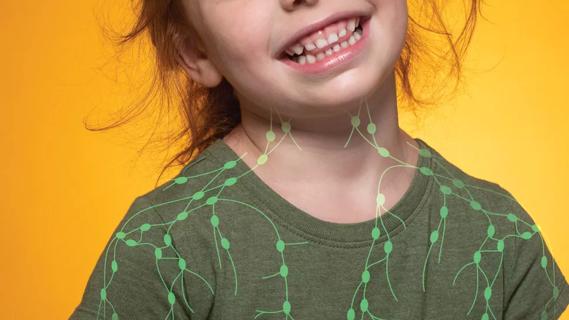
Genetic changes are similar between some vascular anomalies and cancers
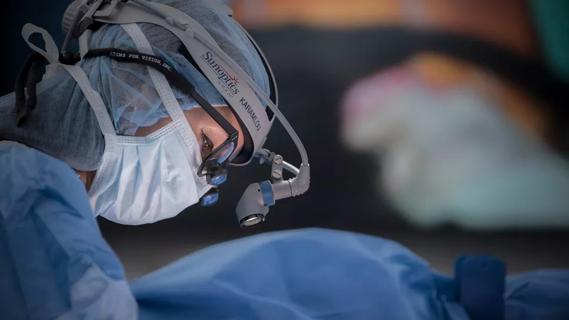
Expert panel advises a two-tier structure for surgical centers
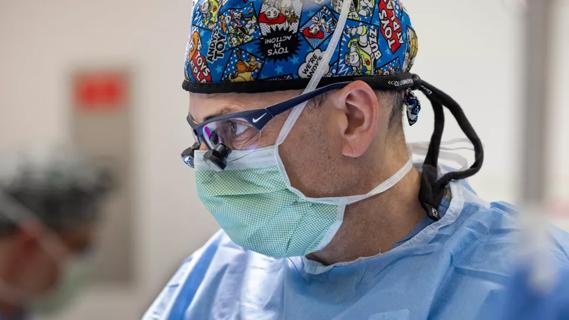
Our new head of pediatric general and thoracic surgery shares his passion and vision
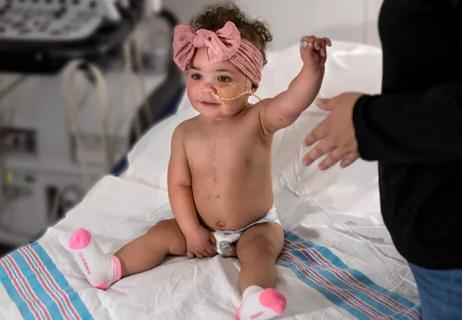
Basic understanding of condition and treatment is lacking